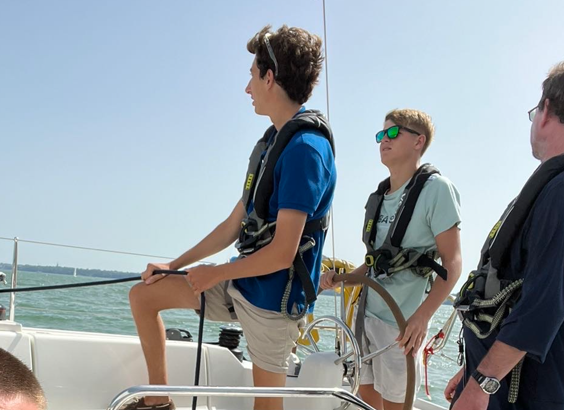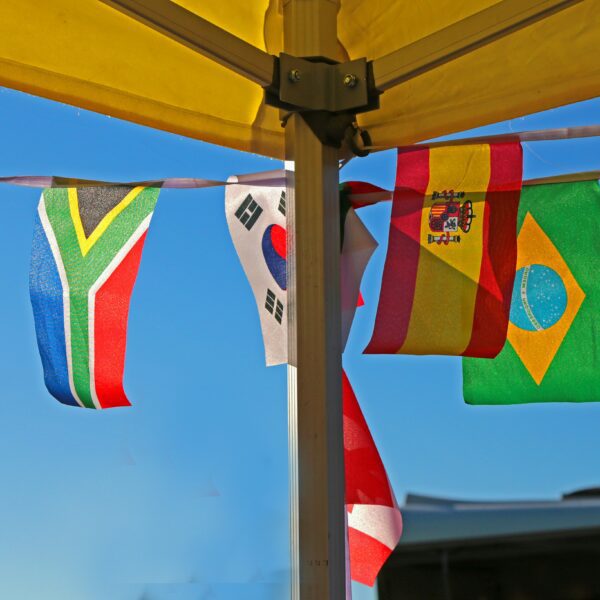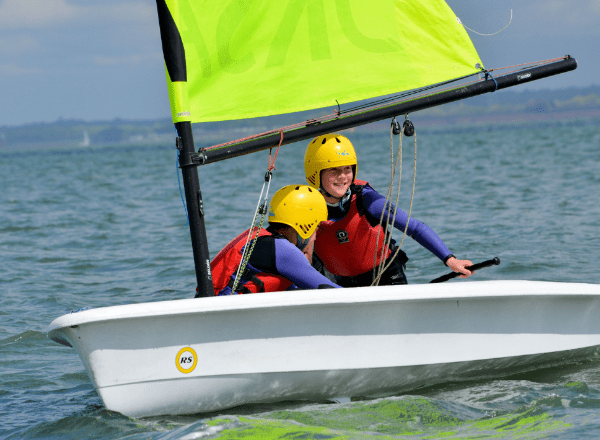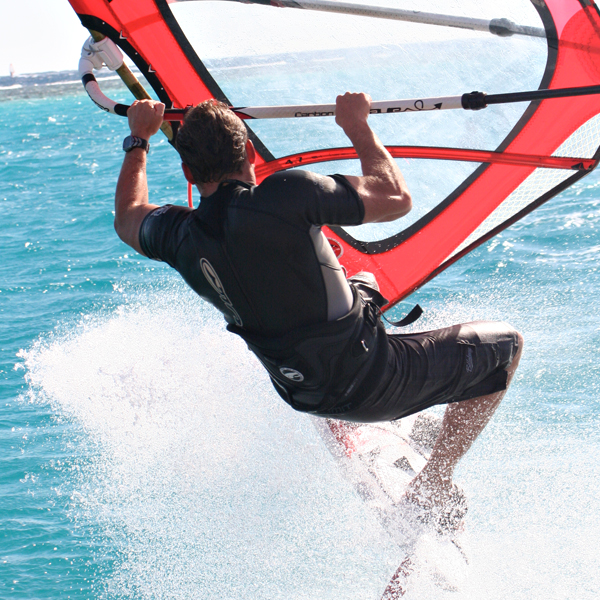How Long Does It Take to Sail Around the World?
![]()
Sailing around the world captures the imagination of many adventurers. Whether you’re interested in the logistics of such a journey or simply curious, the question arises: How long does it take to sail around the world?In this article, we’ll explore the key factors that influence the duration of a round-the-world sailing trip, provide real-life examples of sailors who have completed this challenge, and offer insights into how to estimate the time it could take for those who might be considering the adventure.
Factors That Affect How Long It Takes to Sail Around the World
When considering how long it takes to sail around the world, it’s essential to understand that there is no one-size-fits-all answer. The journey is shaped by several critical factors that can either shorten or extend the duration of the trip.
Type of Boat
The type of boat chosen plays a pivotal role in determining the time it takes to sail around the world. High-performance vessels like catamarans and racing yachts are built for speed, enabling faster circumnavigation. These boats can often maintain an average speed of 8 to 12 knots, allowing sailors to cover more ground each day.
However, most people who set out to sail around the world use cruising yachts. These boats are designed with long-distance comfort and safety in mind rather than speed. A typical cruising yacht might travel at 4 to 6 knots, which makes the journey longer but ensures a more stable and comfortable experience over extended periods.
For those sailing a cruising yacht, the average duration for circumnavigation is generally three to five years, especially if stops and leisurely exploration are part of the plan.
Weather and Seasonal Conditions
The weather has a significant impact on the sailing time of journey across the world. Sailing isn’t just about catching the wind; it’s also about avoiding dangerous weather conditions like hurricanes, cyclones, and heavy storms.
Most sailors plan their voyages around the best weather windows. Following the trade winds is a common strategy, as these winds offer consistent and favourable sailing conditions. However, waiting for the right season or avoiding storms can add time to the overall journey. Cyclone and hurricane seasons in different parts of the world, such as the Atlantic and Pacific Oceans, can require sailors to delay or reroute their plans to stay safe.
Planning a route that aligns with favourable weather patterns is crucial in determining how long your journey will take.
Route and Stopovers
Another key factor is the route chosen. The Earth’s circumference is approximately 21,600 nautical miles, and in theory, it’s possible to sail around the world in about 10 months if you sail non-stop at an average speed of 5 knots.
However, the reality is that most sailors choose to make several stops along the way. Whether it’s for repairs, refuelling, or simply exploring different parts of the world, these stopovers add considerable time to the journey.
Many sailors visit places like the Caribbean, Mediterranean, Southeast Asia, and the Pacific Islands, extending their travels by months or even years. Others may choose the fastest, most direct route, minimising stops and focusing on completing the journey as quickly as possible.
Crew and Experience
The crew’s skill level and experience also play an important role in determining the duration of a round-the-world trip. An experienced crew, familiar with long-distance ocean navigation, will likely encounter fewer delays. They can sail for longer periods without needing to stop frequently for repairs or rest, making their journey faster and more efficient. Conversely, solo sailors or crews with less experience may need to take a more cautious approach, making additional stops to manage the demands of long-distance sailing. Repairs, rest, and learning along the way can slow down the overall pace of the journey.
Real-Life Examples of Sailing Times
To give you a clearer idea of how long it takes to sail around the world, here are some real-life examples of sailors who have completed this remarkable feat.
Sir Robin Knox-Johnston
In 1969, Sir Robin Knox-Johnston became the first person to sail non-stop around the world. His solo voyage aboard his 32-foot yacht, Suhaili, took 312 days. His journey, despite being completed over 50 years ago, remains one of the most iconic examples of a non-stop circumnavigation.
Jessica Watson
In 2010, Jessica Watson, an Australian teenager, became the youngest person to sail solo, nonstop, and unassisted around the world. Her journey aboard Ella’s Pink Lady took 210 days. At just 16 years old, Watson faced some of the most challenging waters on the planet, making her achievement even more remarkable.
Slow Cruisers
Many sailors choose to take their time and enjoy a more relaxed pace, known as “slow cruising”. These sailors may spend several years, sometimes even a decade, sailing around the world, making long stops in various locations. They often take breaks in places like the Caribbean or the Mediterranean to experience the local culture and climate.
For example, some slow cruisers spend the summer months sailing in Europe and then store their boat for the winter, returning to continue their journey the following year. This approach adds significant time to the overall journey but allows for a deeper, more immersive experience.
Estimating How Long It Might Take You
If you’re wondering how long it might take to sail around the world, even if you’re just curious, here’s how you can make a rough estimate:
- Average Boat Speed – Most cruising yachts travel at 100 to 150 nautical miles per day.
You can use this to calculate how long it would take to sail 21,600 nautical miles. - Stops – Factor in the number of stops you would like to make along the way. Time spent resting, refuelling, exploring, or making repairs can significantly add to the total duration of the trip.
- Weather Delays – Consider the time needed to wait for favourable weather or avoid severe storms.
- Crew Experience – If you’re sailing with a small crew or have less experience, you may need to take more time to ensure safety and deal with unexpected challenges.
- Unexpected Delays – Repairs, illnesses, or entry requirements for different countries can add unforeseen delays to your journey.
Learn to Sail at UKSA
At UKSA, we’re dedicated to helping you turn your sailing dreams into reality, whether that entails cruising the Caribbean or circumnavigating the globe. Understanding the intricacies of a round-the-world voyage is just the beginning. With our expert training and tailored courses, we ensure you’re fully equipped not only with practical skills but also with the confidence to embark on your sailing adventures.
Our team of experienced instructors and state-of-the-art facilities provide the perfect blend of learning and adventure. Ready to start your sailing journey? Contact us today, and let UKSA be your guide to mastering the seas and beyond, enhancing your skills, and making lifelong memories on the water. Let’s set sail together and make your dream voyage a reality!
Latest posts







